AAS Chromaphone 3 Review (BEST, 2023) | Reviewers Revival
Chromaphone 3 by Applied Acoustic Systems (AAS hereafter) is a powerful, dual-apparatus software synthesizer that specializes in acoustic object modelling. Boasting eight physically modeled acoustic resonators and a dual-voice, multi-timbral engine, it allows a user to illicit highly convincing instrumental tones out of it, all the way through to creative, otherworldly sounds. Showcasing a fresh new interface design that is freely resizeable and 4k ready, Chromaphone 3 delivers an exciting, unique musical experience without sacrificing an iota of ease-of-use.
Chromaphone 3 computationally materializes eight physical modeled resonators. These being: strings, plates, drum heads, membranes, beams, bars, and two types of tubes. Any of these can be used in solo, pairs, or in duo-paired combinations to reproduce very realistic sounding real-life instruments. Not surprisingly, there is huge potential inconspicuously concealed under the hood that lends itself to also creating original sonic textures that defy physical instrument limitations. Version 3’s predecessors, Chromaphone and Chromaphone 2, masterfully carved out their own physical modelling niche, and subsequently raised their own bar-of-excellence to Olympian levels. It’s not unreasonable to conclude that only AAS (Applied Acoustics Systems) itself could develop a third iteration of the instrument that behests a cautious shopper to seriously consider upgrading or making a first time acquisition. Priced normally at $199 (USD) for the synth by itself, or $399 for the Sound Packs Bundle (includes 16 deluxe expansion packs), Chromaphone 3 may well be considered a moderate purchase that the average plugin collector might not want to make whimsically. Fortunately, licensees of earlier versions can upgrade to version 3 for as little as $79 (USD).
More is Better . .
I applaud developers like Rob Papen and AAS for always including legacy presets from their earlier products whenever they release a new variant. In suit, Chromaphone 3 not only retains all of its predecessor’s factory library, but all 670+ original (v2) presets have been revitalized and repackaged as so-called remastered patches. This goes a long way in maintaining a strong degree of backward compatibility and ensuring that you can easily find your favourite factory sounds without having to try rebuild them from scratch. AAS haven’t exactly reinvented the wheel sound-wise here, but Chromaphone 3 does ship with 421 exhilarating new presets that really show off its fresh, contemporary dual engine attributes.
Speaking of the new dual engine (or maybe better referred to as dual layered) system, it’s important to note that each engine can still be initialized and used individually, if one so chooses (closely mimicking previous iterations of Chromaphone). However, Chromaphone 3’s savoir faire and power becomes immediately evident once you start exploring the instrument’s new duality properties. Each engine can be configured, tweaked and zeroed-in completely independent of the other with its own resonator, effects chain, and modelling parameters. On the surface, one might mistakenly appraise this synth to be merely a simplistic novelty. In fact, Chromaphone 3 is a deep, engaging instrument that presents itself with a refined, graceful interface – one that belies the enormous complexity hidden behind its attractive visage.
Fresh, New, Polished Interface
Although this new interface design resides on the brighter side of the hue spectrum, it thankfully manages to come across slightly muted by the designers’ careful choice of balancing demure, but eye-catching accents against a soft, light gray background. Even after spending lengthy periods of time reviewing Chromaphone 3, my sensitive, 56 year old peepers weren’t unduly stressed. Notwithstanding, I would really appreciate having an optional dark gray theme to select as well. Here’s hoping that m. Verge and his gang at AAS will consider implementing this recommendation into a future Chromaphone 3 update. Navigation
:: Browser
Preset browsing is now much more accommodating and elegant over that which was provided in Chromaphone 2. That’s not to imply that older AAS virtual instruments were difficult to navigate or weighed down with cludgy, unwieldy preset browsers, but in comparison to Chromaphone 3’s spiffy avant-garde library manager, the older ones pale considerably. This nifty new arrangement is neatly categorized and a breeze to perambulate through – complete with newbie-proof save, save as, undo, redo, and compare buttons. It’s practically impossible to lose your way or get mixed up using this easy-peasy preset manager – all presets are tagged by type, author, style, and et cetera.
:: Editor
I suspect that most users will be intrigued by, and satisfied with the diverse range of included presets, owing to the fact that they are so expertly curated for us by AAS. Be that as it may, for anyone who enjoys tweaking, tinkering or flat-out creating their own sounds, heading over to the ‘Editor’ tab will surely gratify any tweaker’s desires. On this page the user can manipulate each engine’s parameters via three sub category tabs: Mode, Synth and Effects.
:: Effects
My Disclaimer: I openly admit that I am not a synth programming expert; my production skills fit well in the more traditional sphere of audio recording and classic instrumentation. You’re much more likely to hear vintage electric pianos, saxophones, acoustic drums, blues-based electric guitars, and so forth in my own recording projects than you are to hear EDM (Electronic Dance Music) elements. As such, having an opportunity to incorporate unique, powerful synthesized components into an otherwise traditional music project, without needing a degree in modular synthesis design, is a huge advantage. It is my considered, honest opinion that VIs in the ilk of those developed by AAS are a godsend. I am a huge fan of software synths that provide user-friendly interfaces on the surface, yet harness a shedload of power and delightsome sonority discreetly on the inside.
Chromaphone In Operation
Now that I’ve mentioned *exciters, allow me to define what they are in basic terms. It is my understanding that exciters are the physically modelled properties used to initiate a response (or vibration, as it were) from any of the eight resonators. C3 utilizes only a couple of exciters: Noise and mallet. Don’t be dissuaded by this though – these two exciters cover a lot of ground.
A Pair or Coupled?
Each layer (or engine) within C3 provisions us with two resonators. These can be setup to work in parallel, or as one feeding into the other. In simplest terms, I like to think of it as follows: one mallet (or wind) exciting two resonating objects simultaneously, or one mallet (or wind) hitting the first object, and that object’s resonance more or less exciting the next object. It is beyond the scope of a review article to delve too deeply into this topic, but suffice it to say that you hear dramatic differences between normal mode and “coupled” mode. Pages 38 – 40 of Chromaphone 3’s substantial user manual gives a somewhat scientific and detailed explanation of the concepts behind this unique form of synthesis.
Ok, But How Does It Sound?
This is an easy question to answer: C3 sounds great! This instrument produces a lush, luxurious sonic palette unlike any other. Sure, there are other fabulous sounding synths on the market: Tone2’s Saurus 4, U-He’s Diva, Rob Papen’s Predator 3 (or Blue 3), and Lennar Digitals’ Sylenth 1 are prime examples. But for all that, Chromaphone 3 is certainly the King of the Hill within its unique niche of percussive-melodic object modelling synthesis. There isn’t anything about Chromaphone 3 that is meant to directly impersonate any sort of analogue synthesis; it’s purely digital in the very best kind of way. I particularly like the bell, marimba, and vibraphone-esque tones this powerhouse is capable of reproducing. My old Blues-Rock heart tends to gravitate towards real-life sounds more so than the experimental, ethereal or electronic kinds. As such, some of the presets are somewhat lost on me, but I suspect that they would be very captivating indeed to Dance, Trance, Techno and EDM artists.
I am very impressed with the rich, enthralling sonic quality that Chromaphone 3 is capable of producing. The sounds are lush -- void of thin, ‘tinny’, or cheap-sounding artifacts. When you consider that many of the presets are specific to metallic or percussive object resonators, such as beams, marimbas, and plates, it is outstanding that the resultant tones are so crystal clear, harmonically vibrant, and detailed –- free of sterile, ‘ping-y’, or unpleasant metallic-ness (as though there really were such a word as metallic-ness).
The dual-layered engine(s) in Chromaphone 3 are akin to the single engine in the instrument’s predecessor, Chromaphone 2 (but further refined). That is to say, each engine is comprised of not just one, but two resonators. Now that Chromaphone facilitates a maximum of four resonators at any given time, it certainly qualifies as a truly multi-timbral design. When you also weigh into consideration the raft of FX choices also on hand, this makes for some mighty impressive sounds. Notwithstanding, this abundant pool of real-time computation does require a reasonably robust computer to pull it all off well.
Generally speaking, I am confident that most DAW PCs that have been built since 2016 should be able to handle a few simultaneous instances of Chromaphone 3 without too much trouble. If you refrain from using full-on multi-timbral patches constantly, and choose to rely on some single engine instances instead, the CPU requirements scale back accordingly. As a point of reference, anyone who is familiar with the CPU demands that softsynths like U-He’s DIVA and Repro-5 make, will find that some of Chromaphone 3’s heavier patches require similar processing power.
Concluding Remarks
>> Check out these Chromaphone videos <<
Stay in the Loop - Subscribe Today!Brother Charles is a freelance writer, Gospel music artist and minister. Charles had been a professional touring musician during the nineties; working primarily as a lead guitarist in the Canadian country music industry. Brother Charles is also involved with music production and quality home recording."
1 Comment
Paul A.
6/28/2023 01:40:43 am
I love this synth! Great review with lots of details. Thanks for telling us about how to make it less hard on CPU!
Reply
Your comment will be posted after it is approved.
Leave a Reply. |
NO SPAM! IK Multimedia Group Buy
FX Pick & Mix Group Buy - up to 16 for the price of 1
Will You Help?Web hosting is getting more and more expensive all the time, and Reviewer's Revival is NOT funded nor supported by any commercial enterprise or business. A donation of any amount is greatly appreciated. Even $2 or $3 for a coffee - every little bit helps. Thanks very much.
Legal BlurbAll of the articles published on Reviewer's Revival are undertaken to be purely objective, impartial reviews. Reviewer's Revival is not owned, funded-by, nor hired by any company or individual. Reviewer's Revival is the sole property of, and solely under the discretion and direction of Brother Charles. |

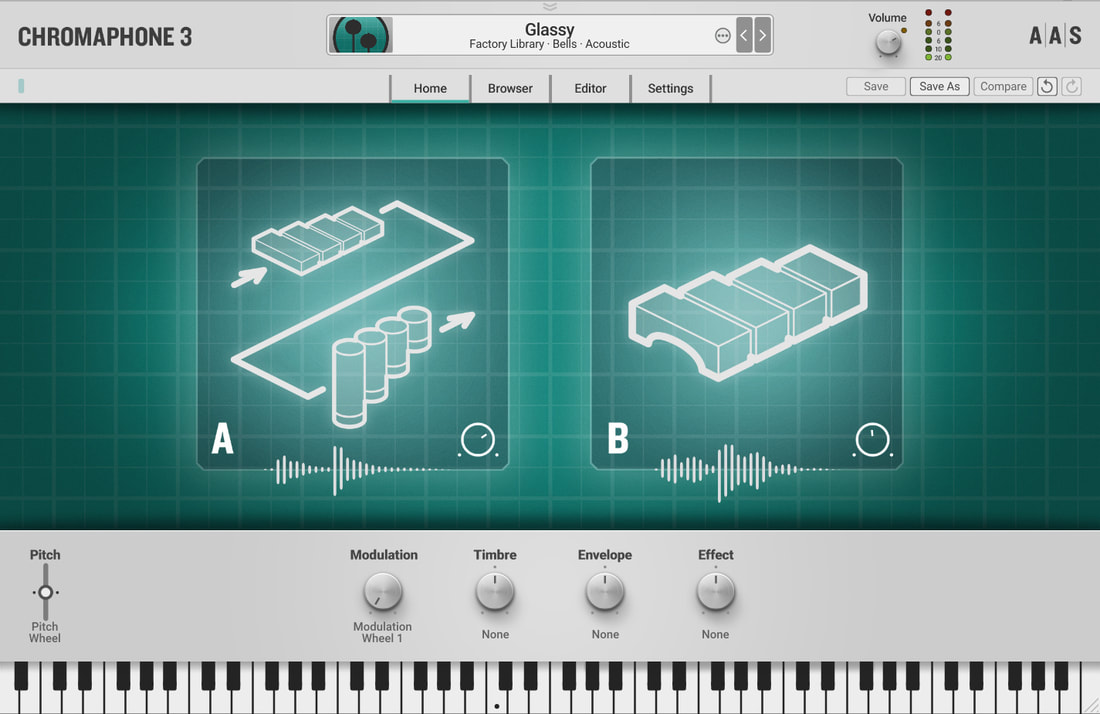



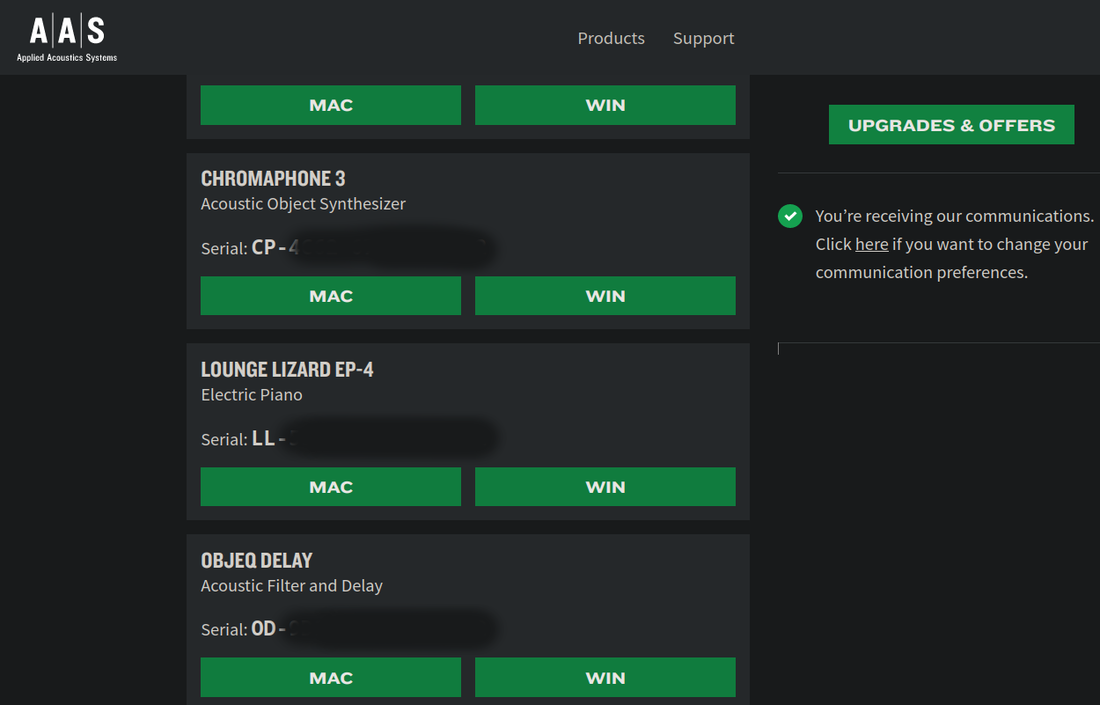
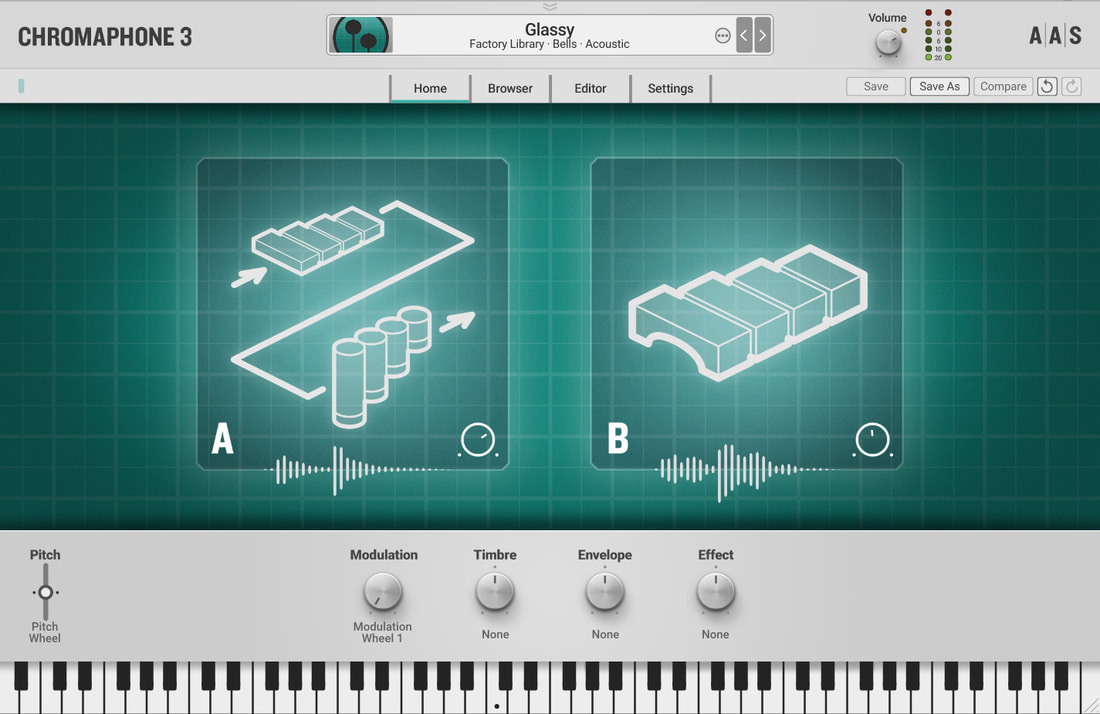
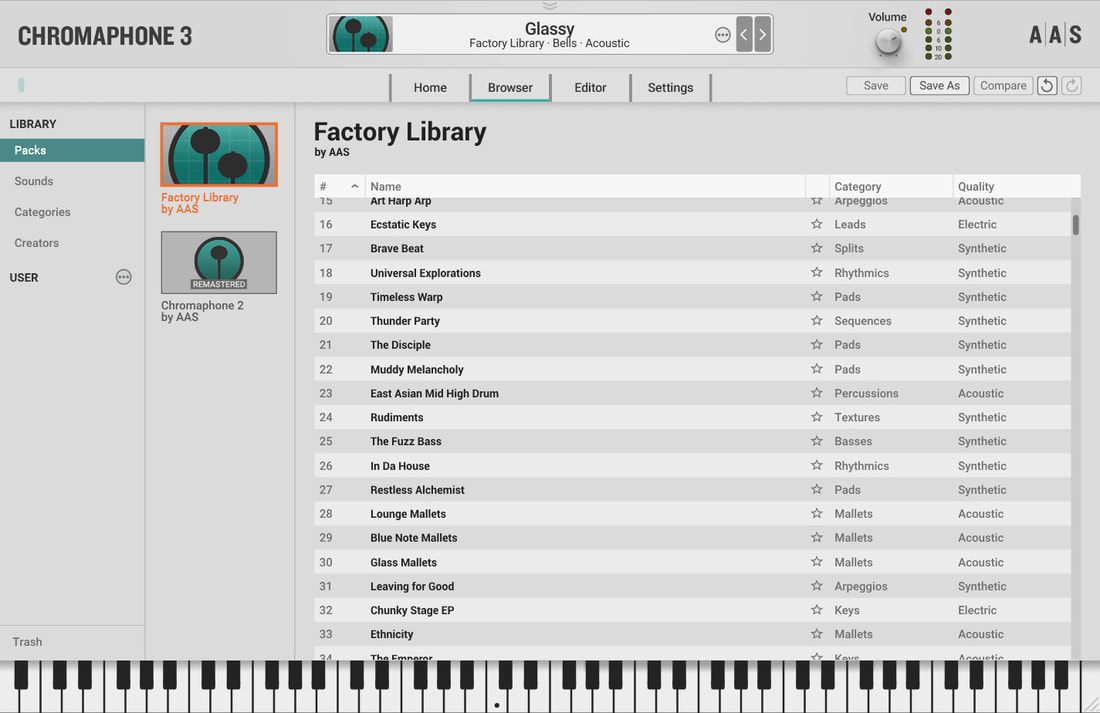
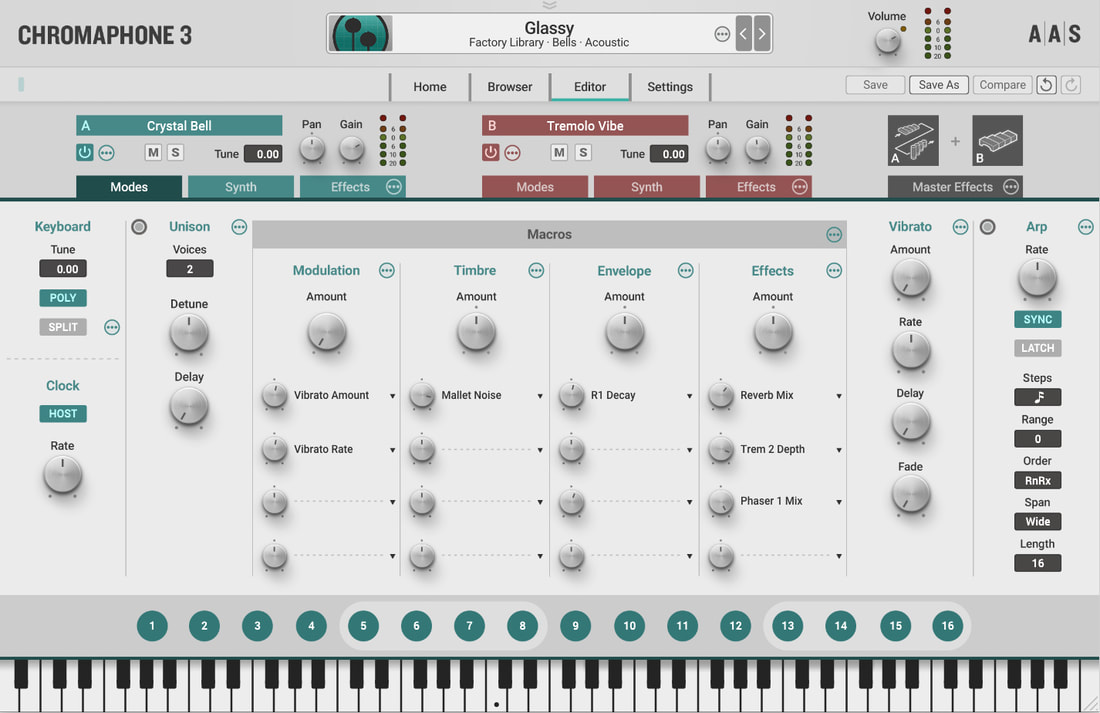
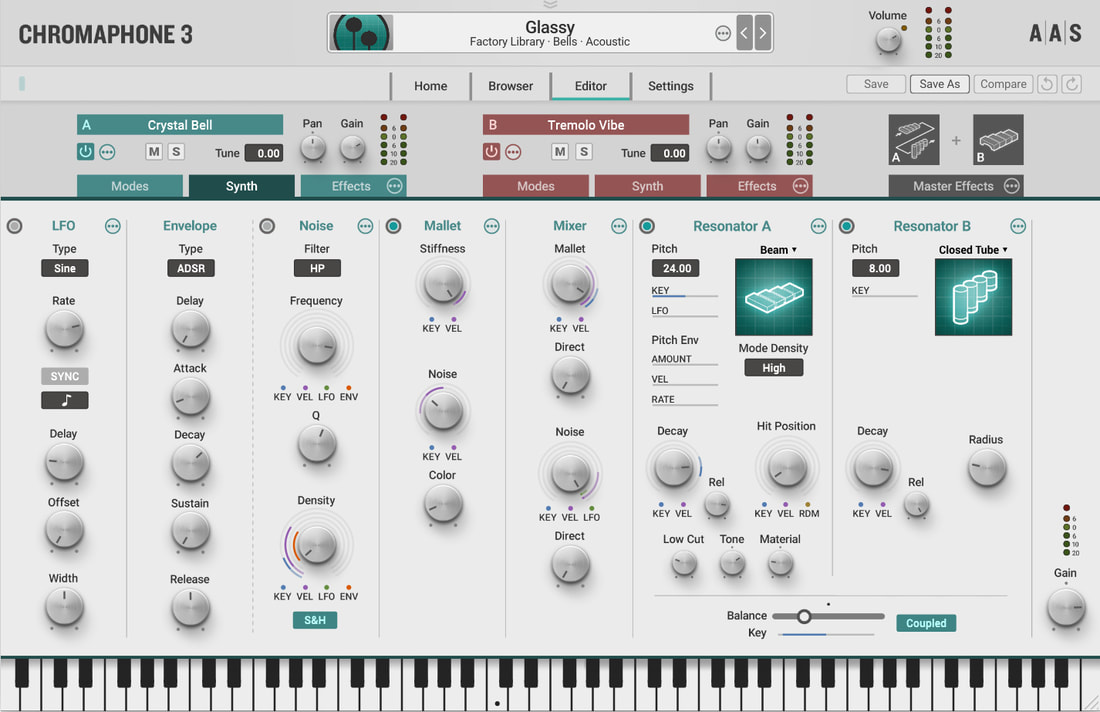
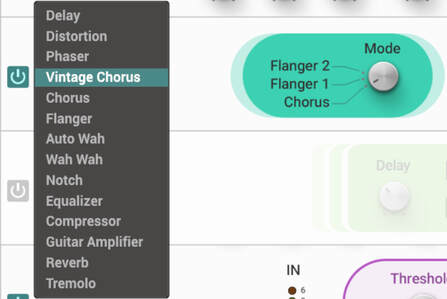
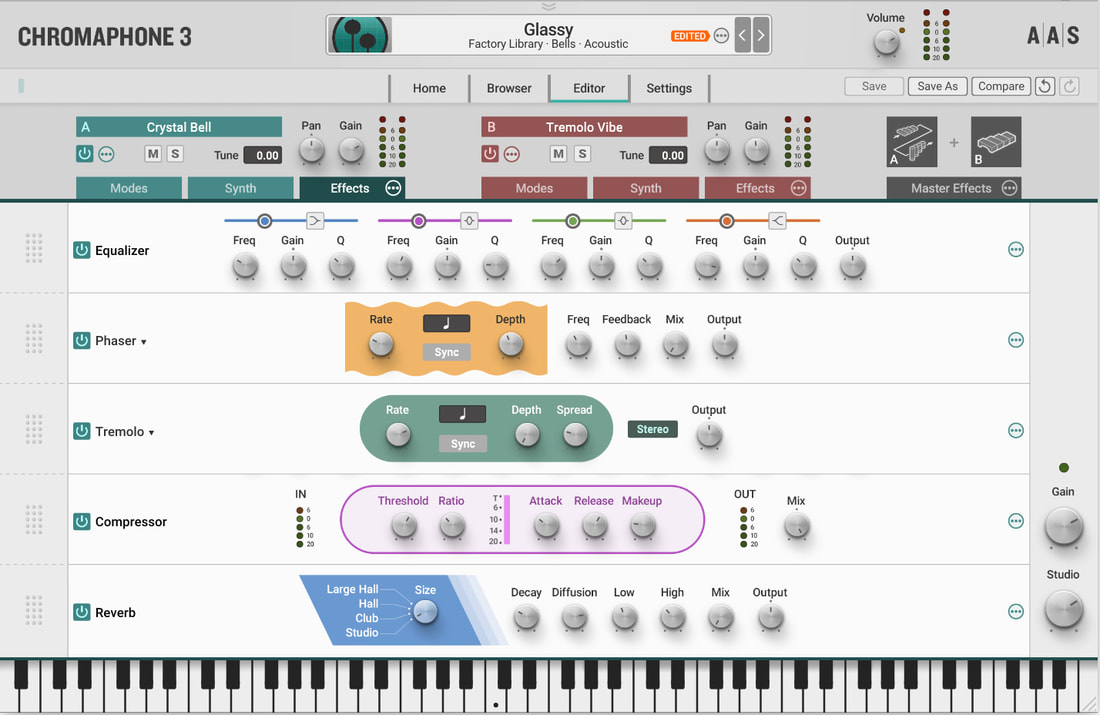
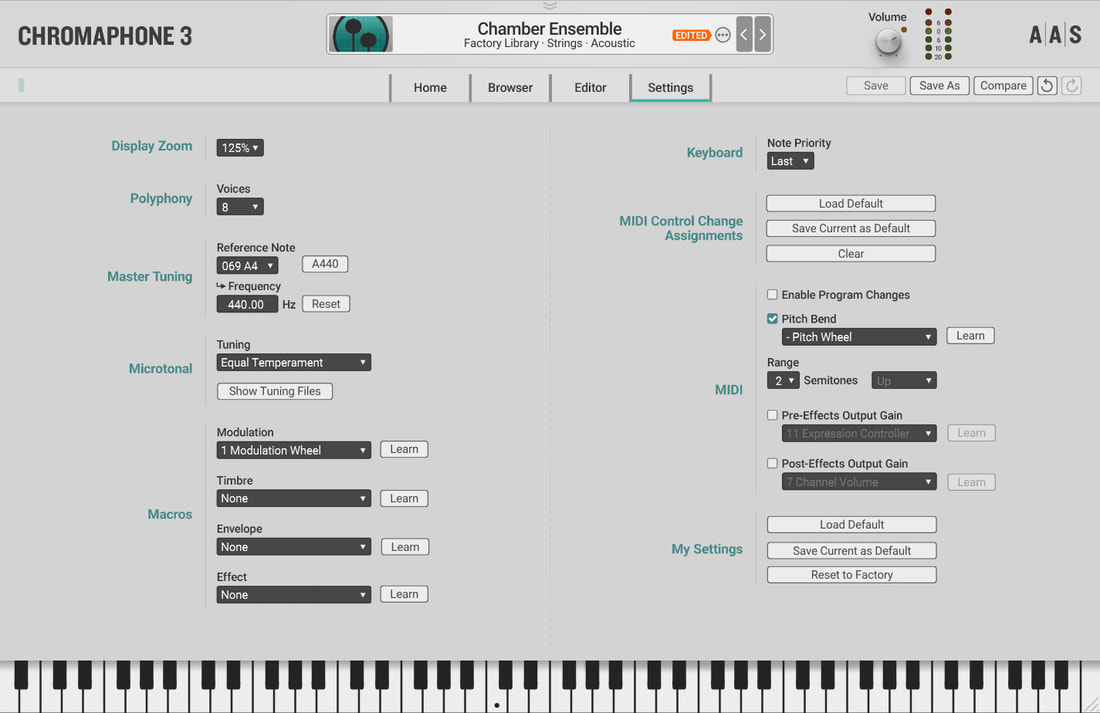

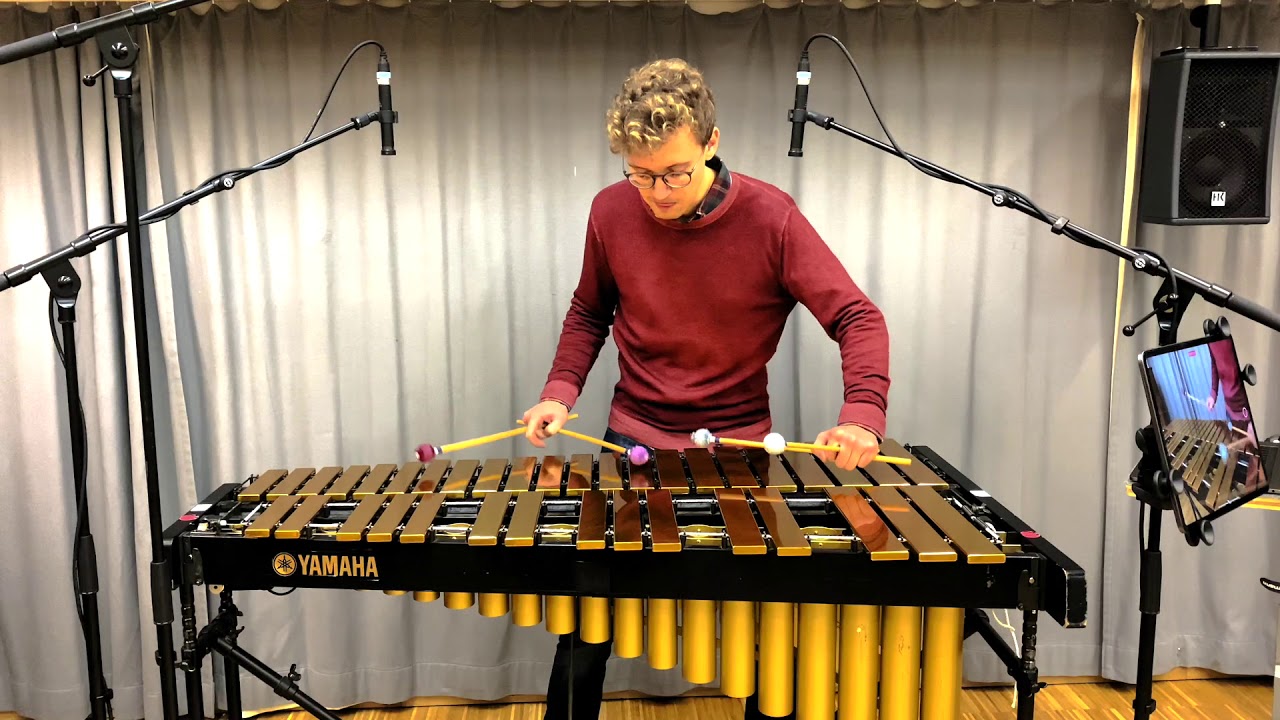
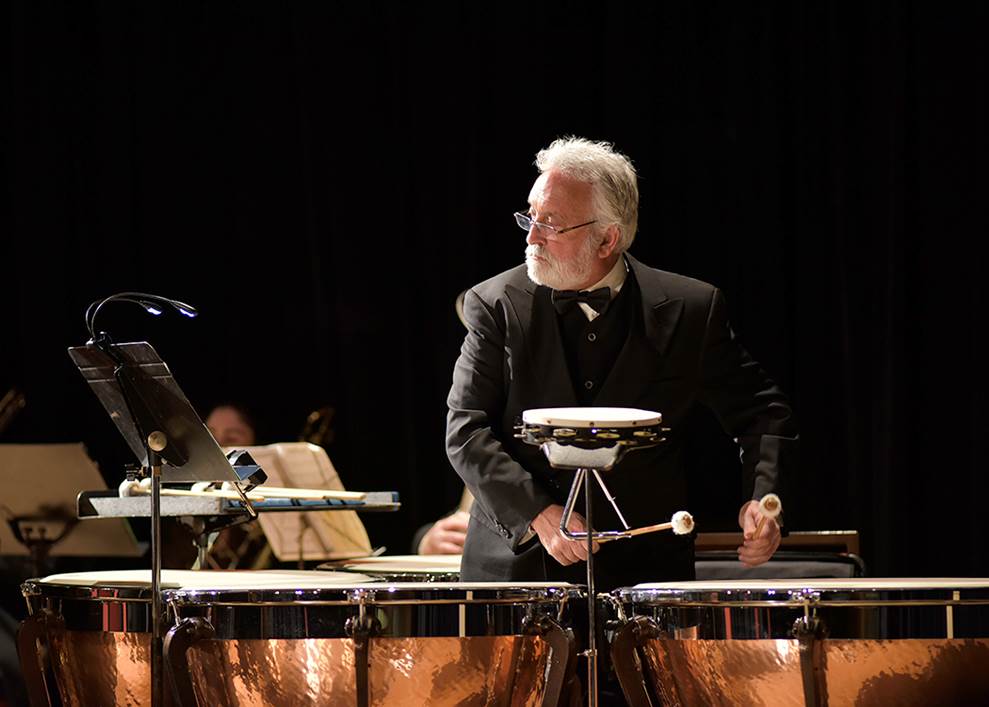
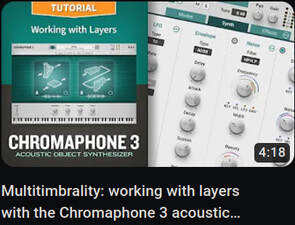
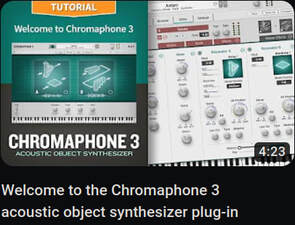





 15% OFF Summer Sale!
15% OFF Summer Sale!
 RSS Feed
RSS Feed

